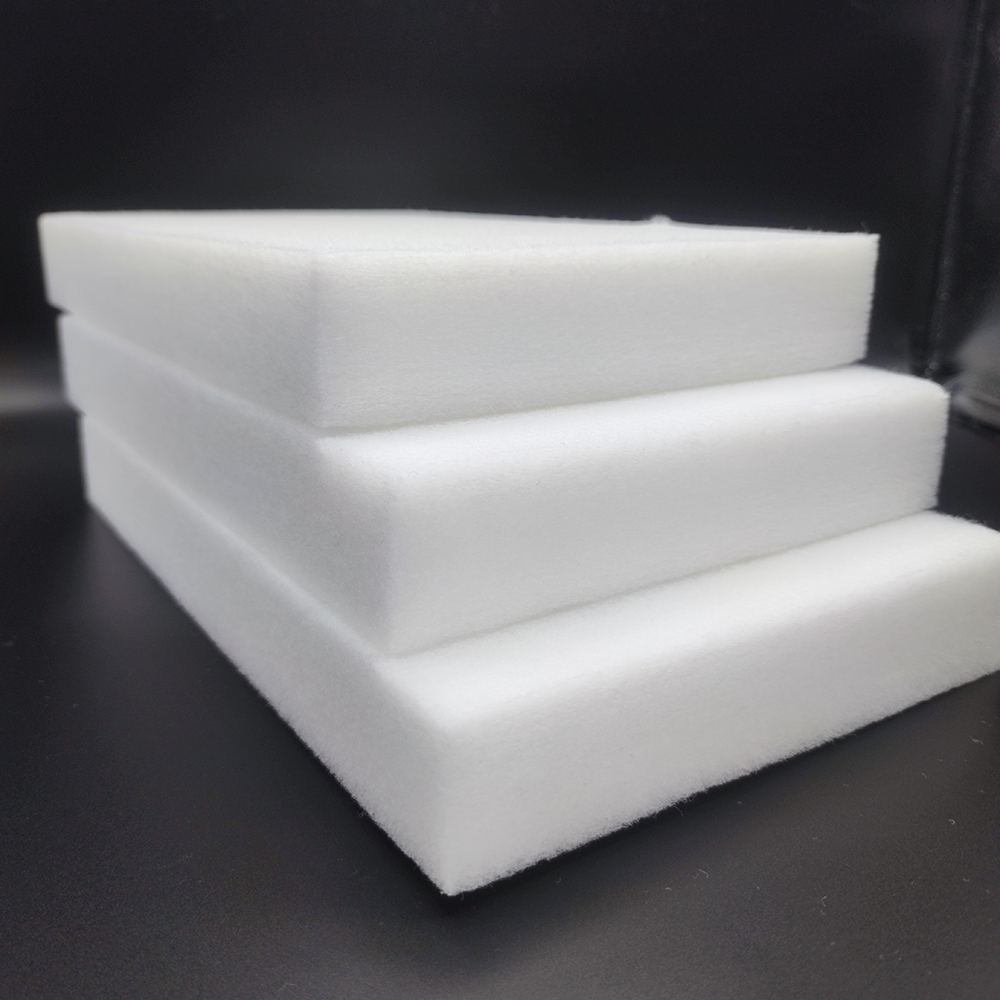
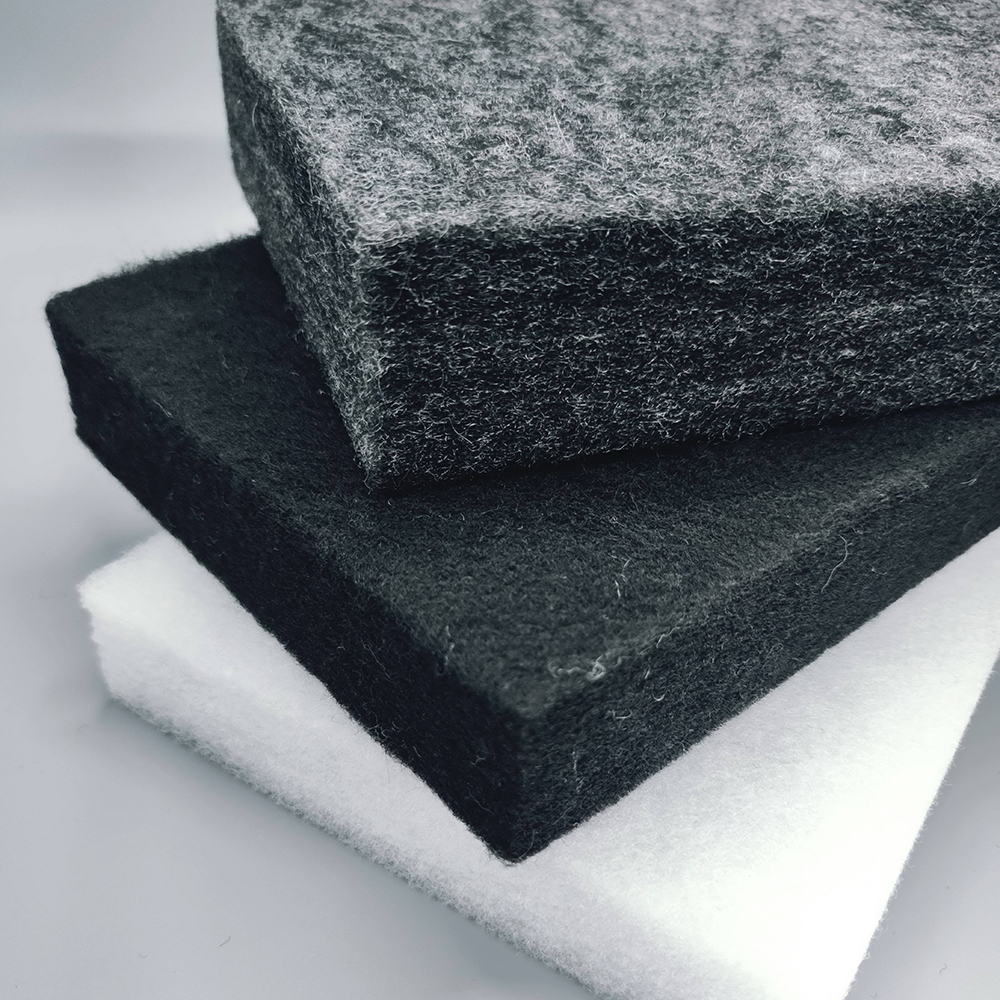
PET Sound-absorbing Nonwoven Fabric is made by processing 100% polyester fiber (PET), which is heat-pressed and formed in the shape of cocoon or honeycomb. Product Index are Noise reduction coefficient: 0.79 (GB47-83);Sound absorption coefficient:
NRC=0.81 (GB47-83);Heat conduction coefficient: 0.035 (GB/T10295-88). Its processing method is simple, using art knives or scissors to cut into the desired shape. It is also convenient to use, and can be directly pasted on walls or ceilings without the need for protective layers, or can directly fill as a hidden filling sound-absorbing and thermal-insulating material.
1、Product Features:
(1)High sound absorption rate, Good sound insulation performance: PET Sound-absorbing Nonwoven Fabric is porous structure material, which allows sound to form a backflow in its high-density fiber cavity, effectively achieving sound absorption and noise reduction functions;
(2)Good thermal insulation performance;
(3)Flame retardancy: Sound-absorbing Nonwoven Fabric made of high-quality polyester fiber meets the B1 level combustion performance of building materials by experimental testing at the National Fire Equipment Quality Inspection Center;
(4)Tight structure and Stable shape;
(5)Lightweight, Safe and convenient construction;
(6)Without formaldehyde, the product is harmless to the human body. After multiple experiments, it has been proven that it has no allergic reactions to human skin, no pollution to the environment, and no odor;
(7)Waterproof: After water immersion, it has strong drainage, no decrease in sound absorption performance, and unchanged shape;
(8)It can be reused, easy to destroy, and has no secondary pollution to the environment.
2、Product Uses:
The products, which are widely used in public places such as piano rooms, mechanical rooms, meeting rooms, gymnasiums, music halls, recording studios and highway sound-insulating walls, have completely replaced harmful sound-absorbing materials such as fiberglass, rock fiber and sponge.

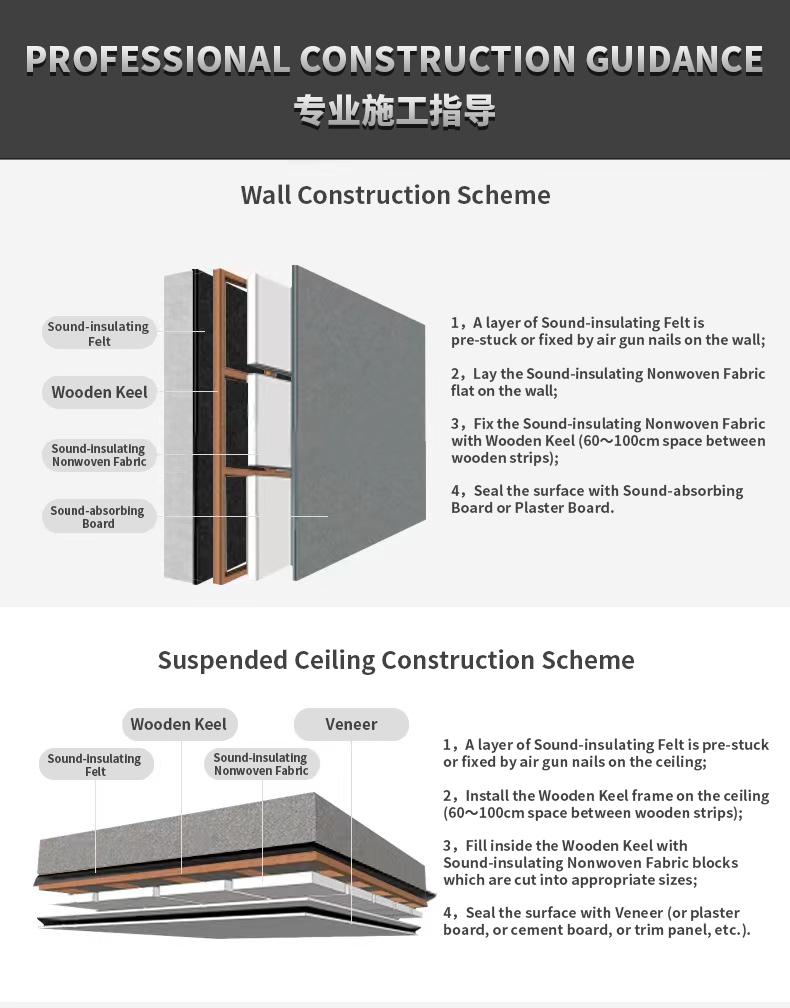
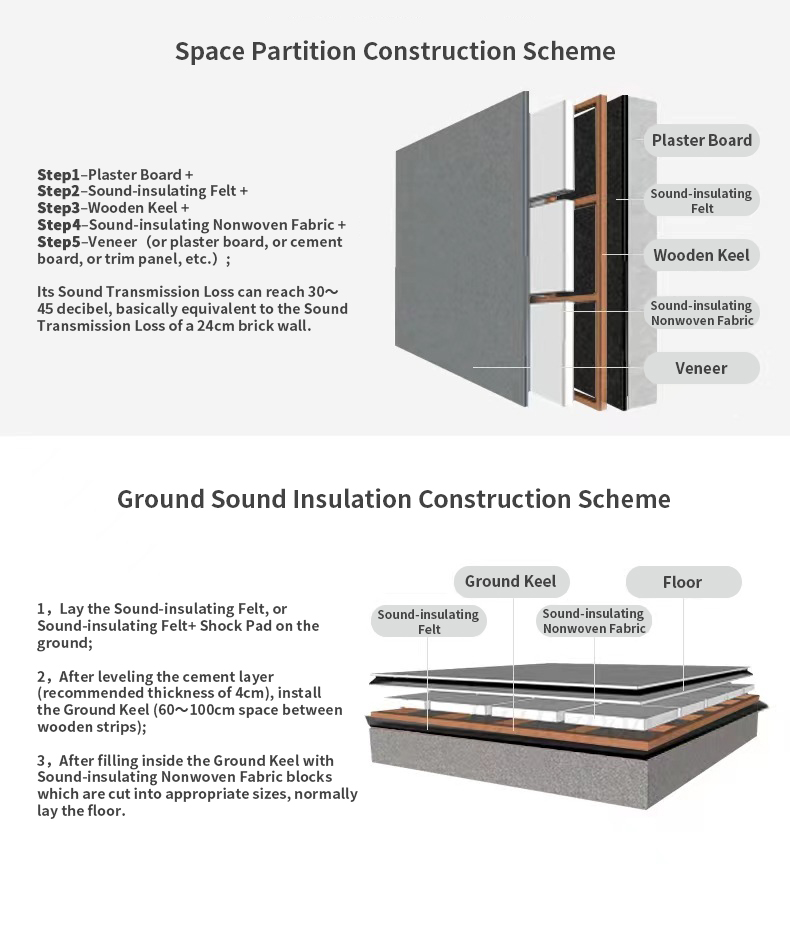
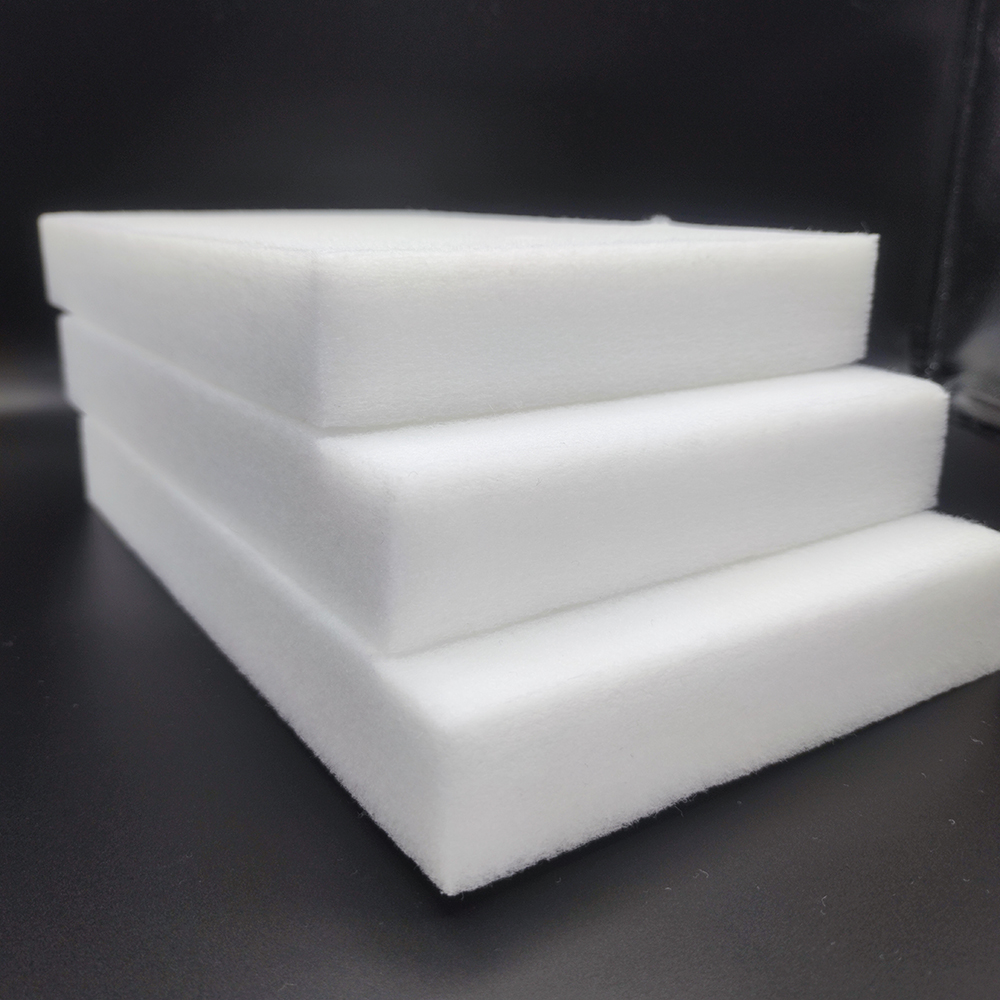
Features and uses of PET Sound-absorbing Nonwoven Fabric
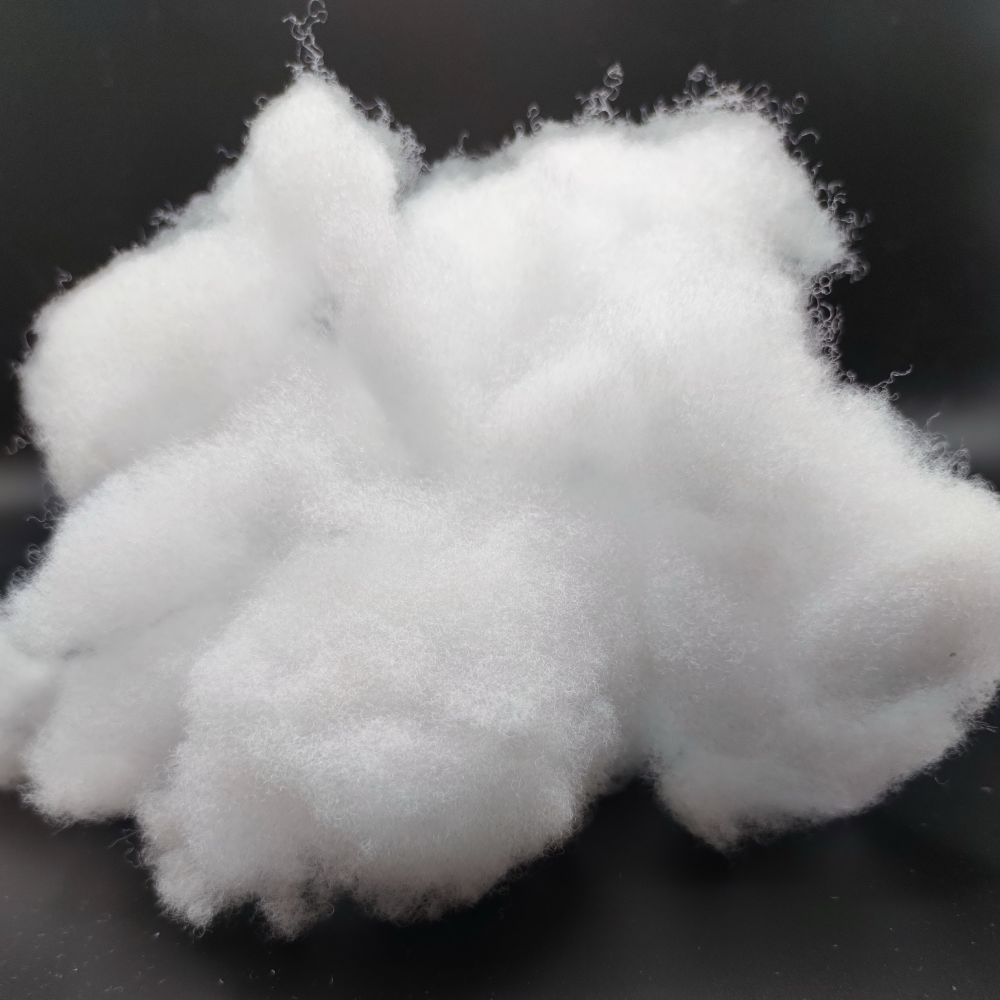
Introduction to PP Fiber Cotton — Filling Materials for Toys
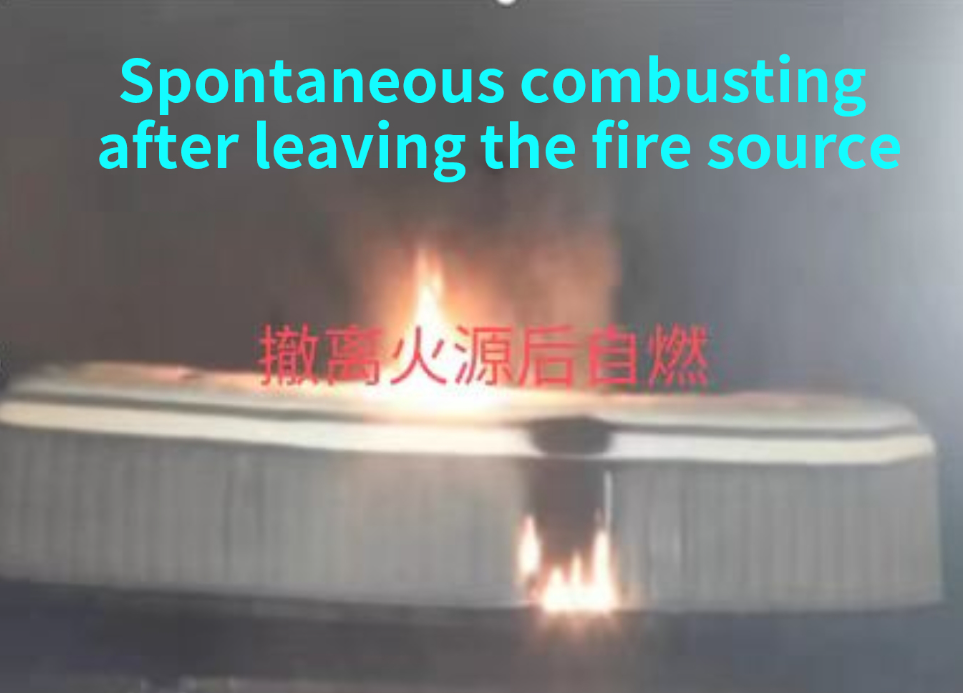
16 CFR Part 1633 Flame-retarding testing process
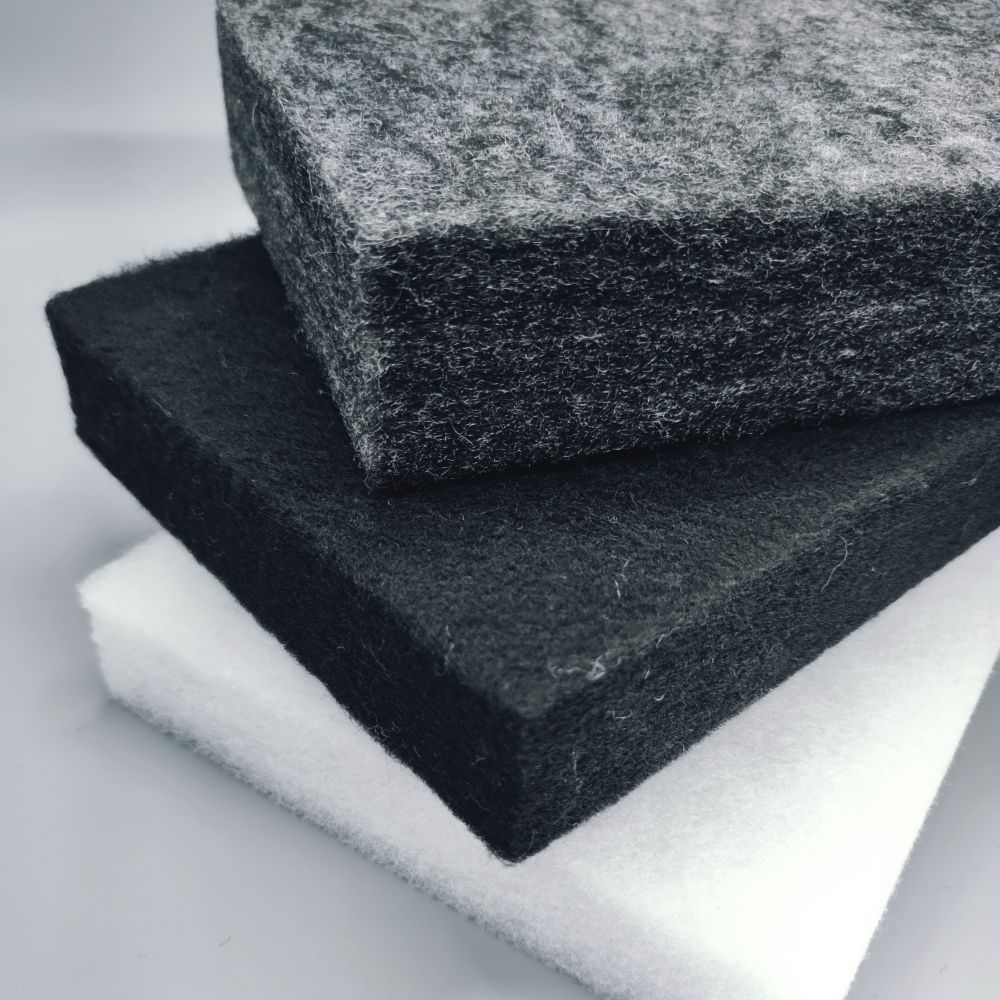
What are the differences between Sound-absorbing Nonwoven Fabric and Sound-insulating Nonwoven Fabric?
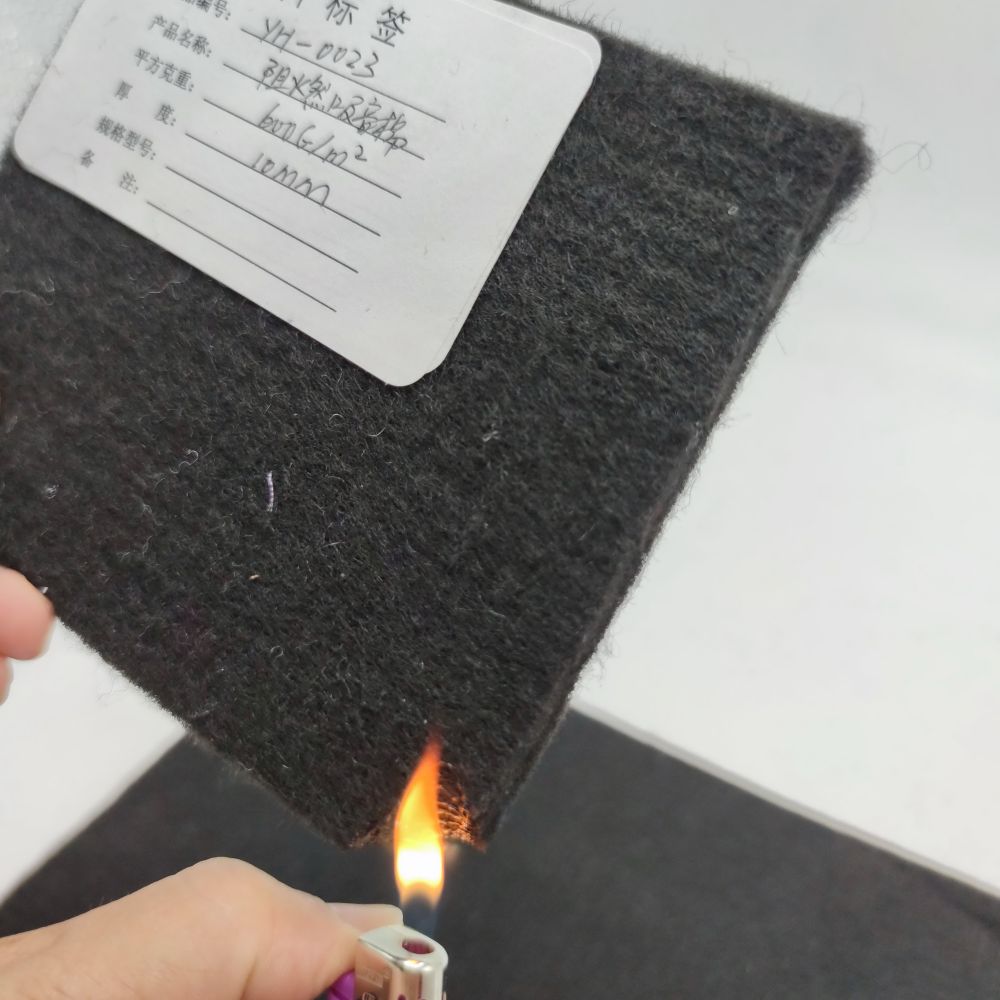
Five Major Features of Fire-proof and Flame-retarding Nonwoven Fabric